Environmental Data Analysis and Visualization
Data source of the day
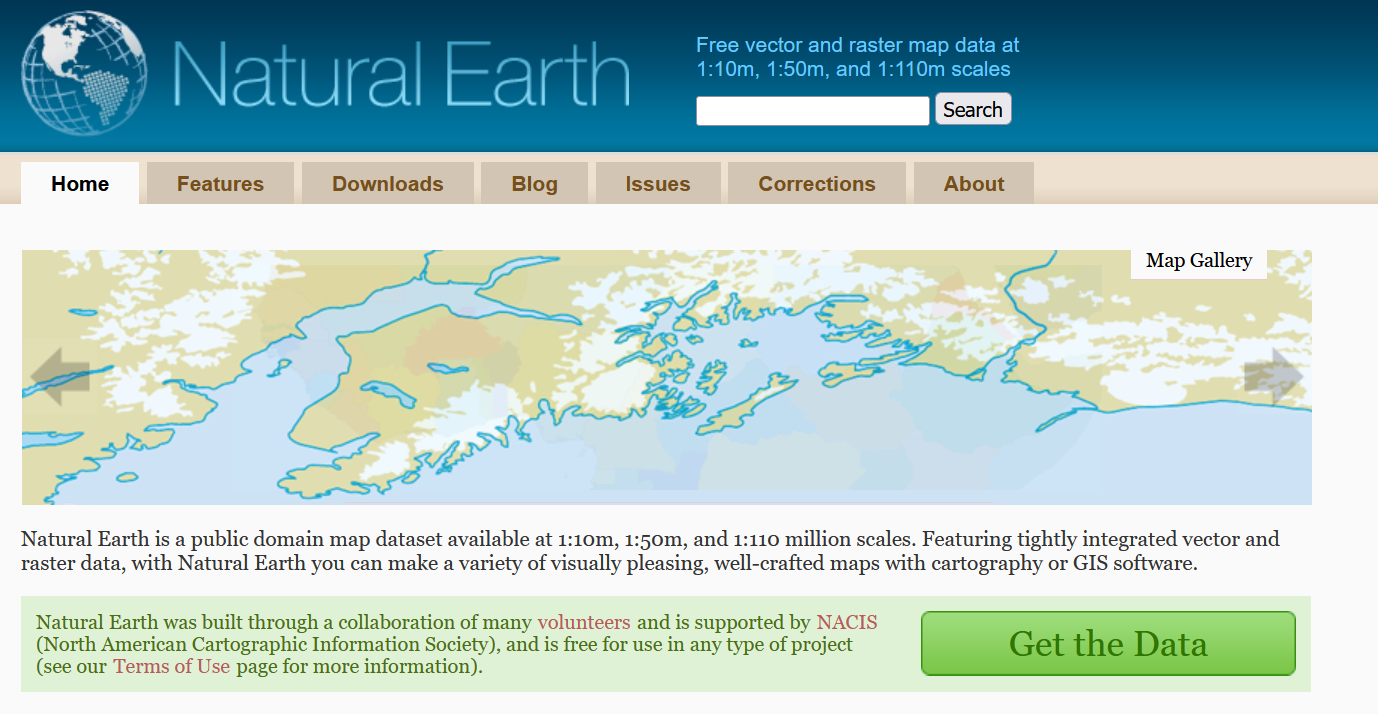
Ethics in research
Researchers operate inside of a society with norms, values, and expectations
To behave ethically is to behave in a way that is considered socially responsible
Ethics in research
Human subjects
Operates on principles of non-maleficence, beneficence, autonomy, and justice
Requires informed consent of participants
Uses anonymity and confidentiality to protect identities
Animal subjects
Operates on principles of non-maleficence, beneficence, and justice
Where possible, researchers must aim for replacement, reduction, and refinement
- Both require approval from the Institutional Review Board (IRB)
Ethics in research
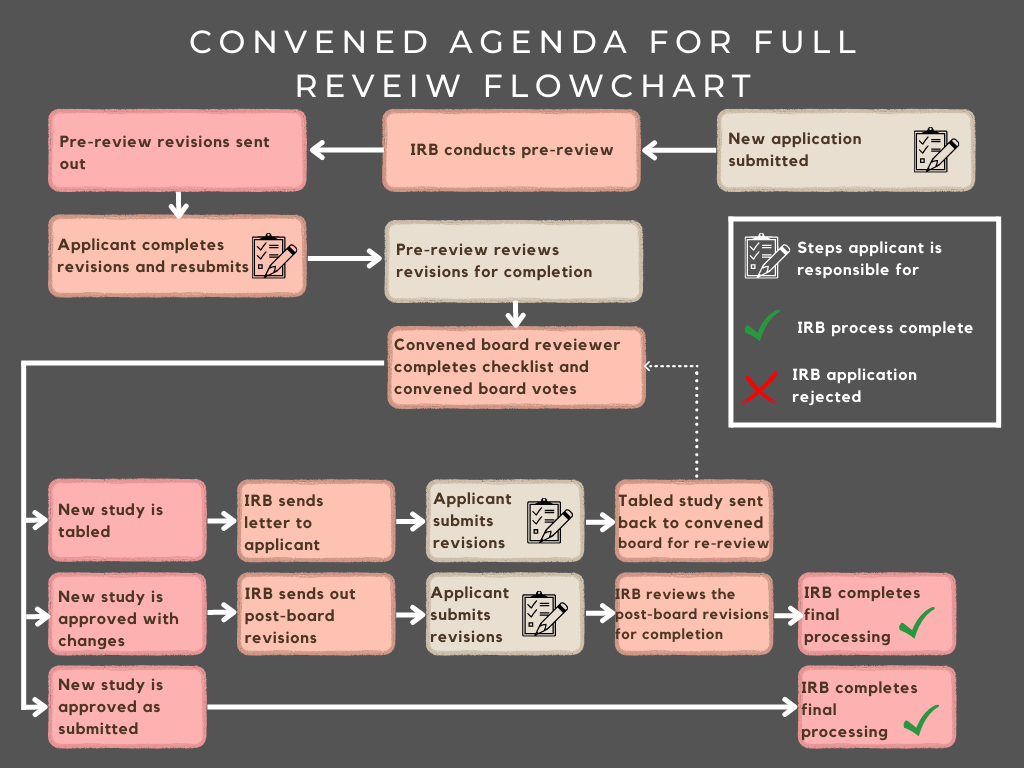
University of Utah
Data ethics
Data science makes use data that is available from a variety of sources, often in ways that are not directly connected to the original data collection process
At the same time, there are limited oversights governing the reuse of data by researchers or others.
Data ethics
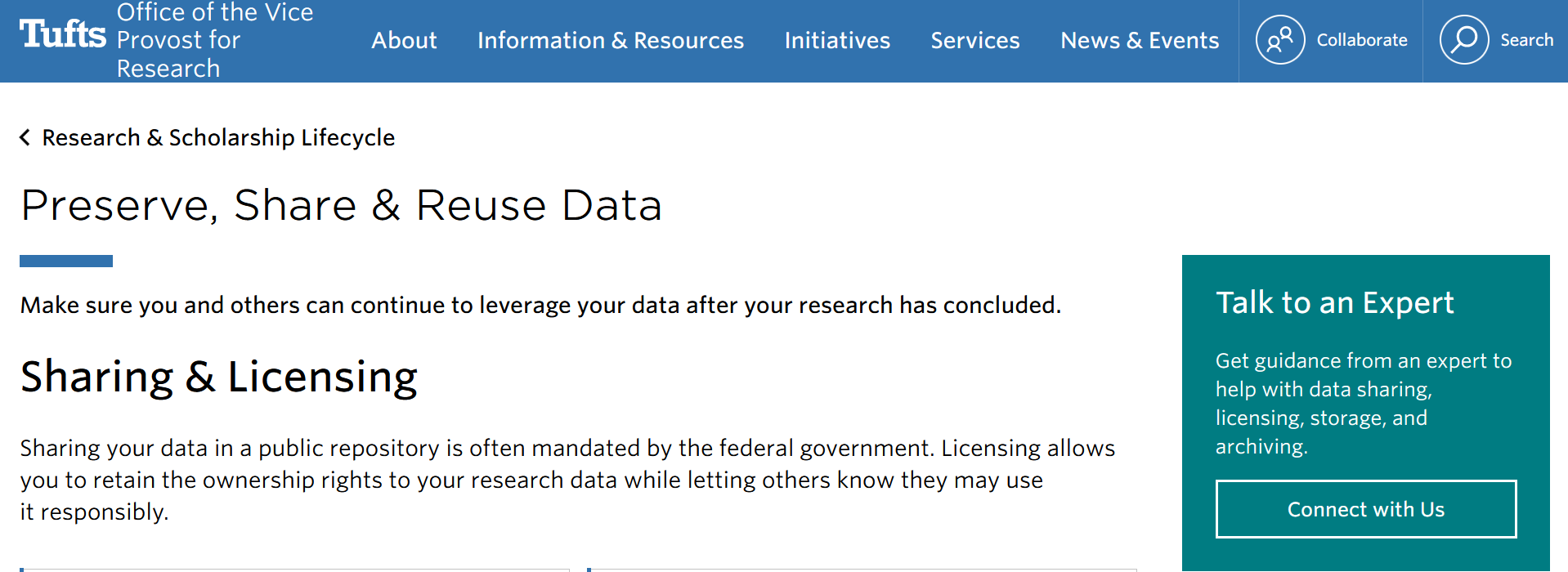
Data ethics
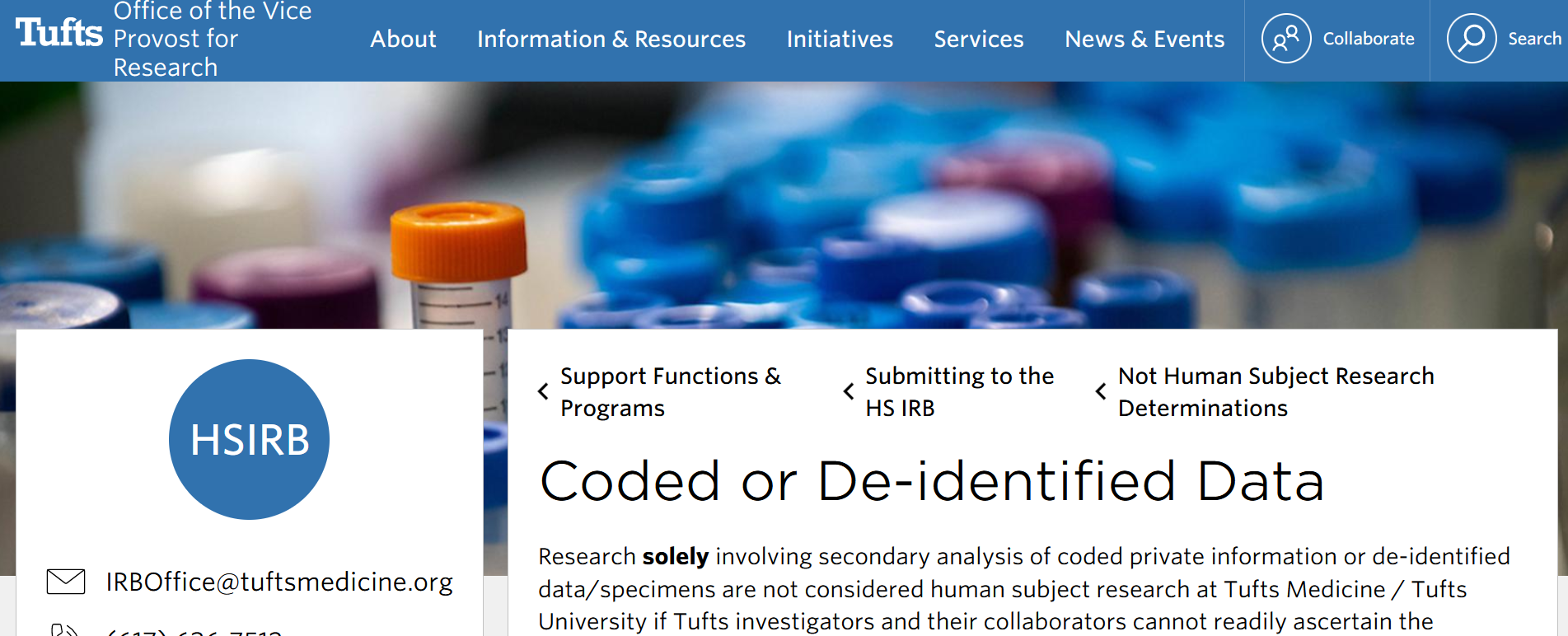
Data ethics
Non-maleficence: Could the use of this data be harmful?
Beneficence: How will the use of this data be beneficial?
Autonomy: Did stakeholders contribute this data willingly?
Justice: Would use of this data propagate inequities?
Ethical data
How were the data obtained?
For whom, or for what purpose, were the data obtained?
Would stakeholders be comfortable if they knew the data were being collected, stored or shared?
Ethical data
The 2014 Facebook Social Contagion Study
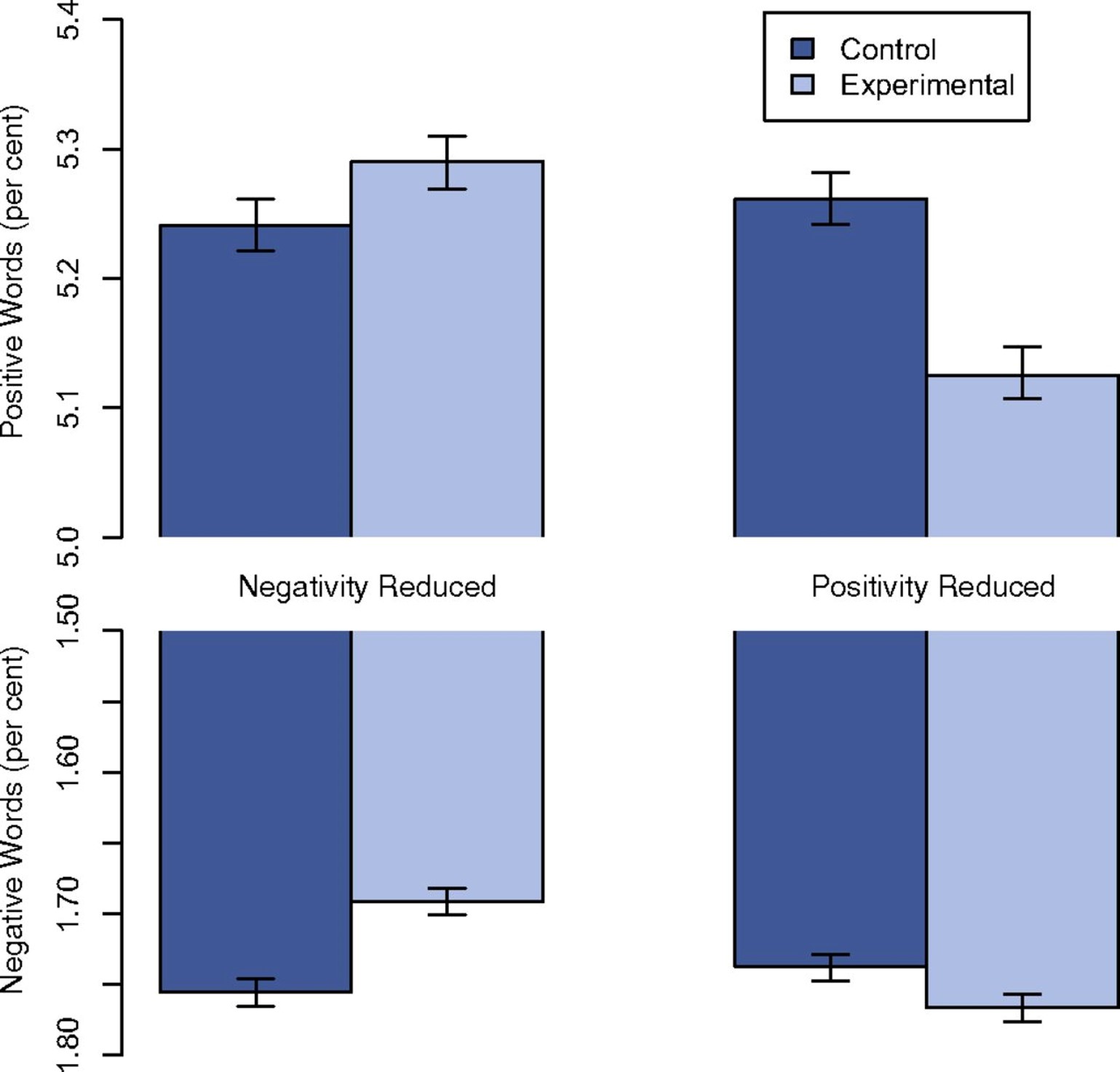
Kramer, Adam D. I., Jamie E. Guillory, and Jeffrey T. Hancock. 2014. "Experimental Evidence of Massive-Scale Emotional Contagion through Social Networks." Proceedings of the National Academy of Sciences 111 (24): 8788–90. https://doi.org/10.1073/pnas.1320040111.
Confronting biases
How might the data be biased?
How might the data be manipulated to bias results?
How might data be used to promote existing biases?
Confronting biases

Towards Data Science
Activity: Let’s get ethical
Take a moment and go over one or more of your datasets from your project to address the following questions:
What do you know about where your data comes from? Where would you find out?
What are some potential sources of bias in your data?
Are there any ways your use of this data cause harm or propagate biases?
With one of your neighbors, discuss your project in terms of ethical principles of non-maleficence, beneficence, autonomy, and justice.
Data ethics
Non-maleficence: Could the use of this data be harmful?
Beneficence: How will the use of this data be beneficial?
Autonomy: Did stakeholders contribute this data willingly?
Justice: Would use of this data propagate inequities?
Ethics in Data Storytelling
Where do we draw the line between narrative and agenda?
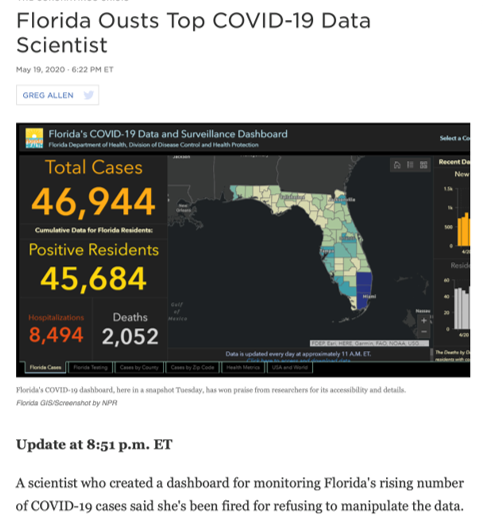
National Public Radio
Coming up
Linear modeling in R
Moving forward with the final project
Postering 101